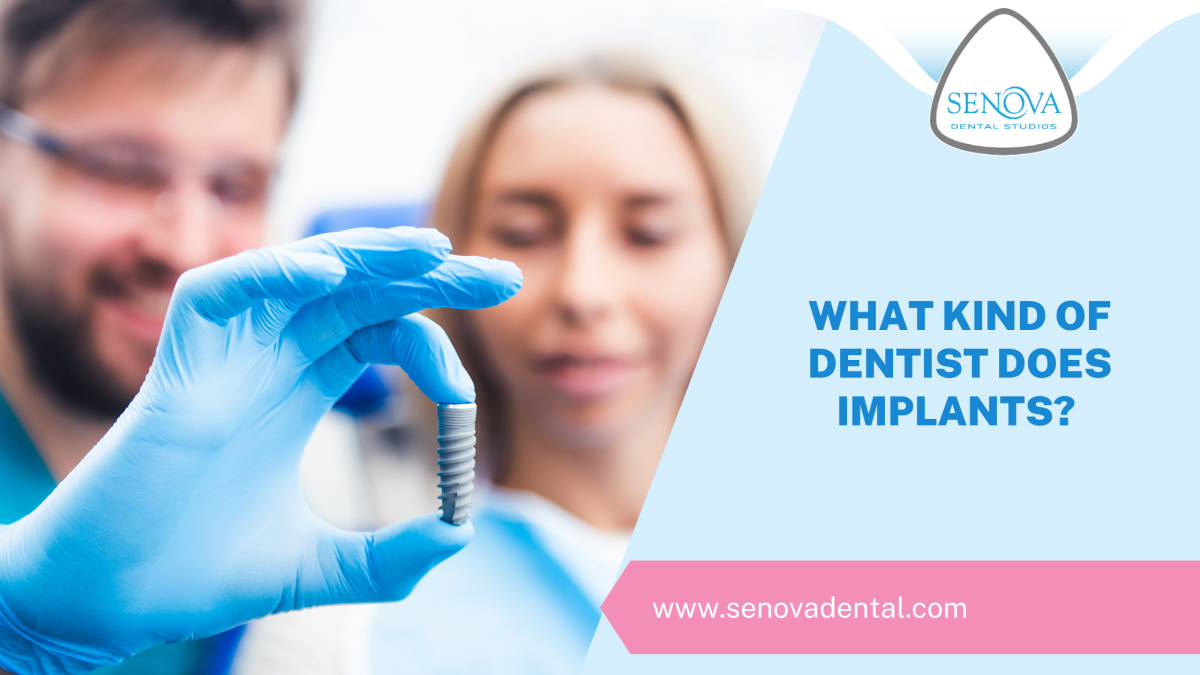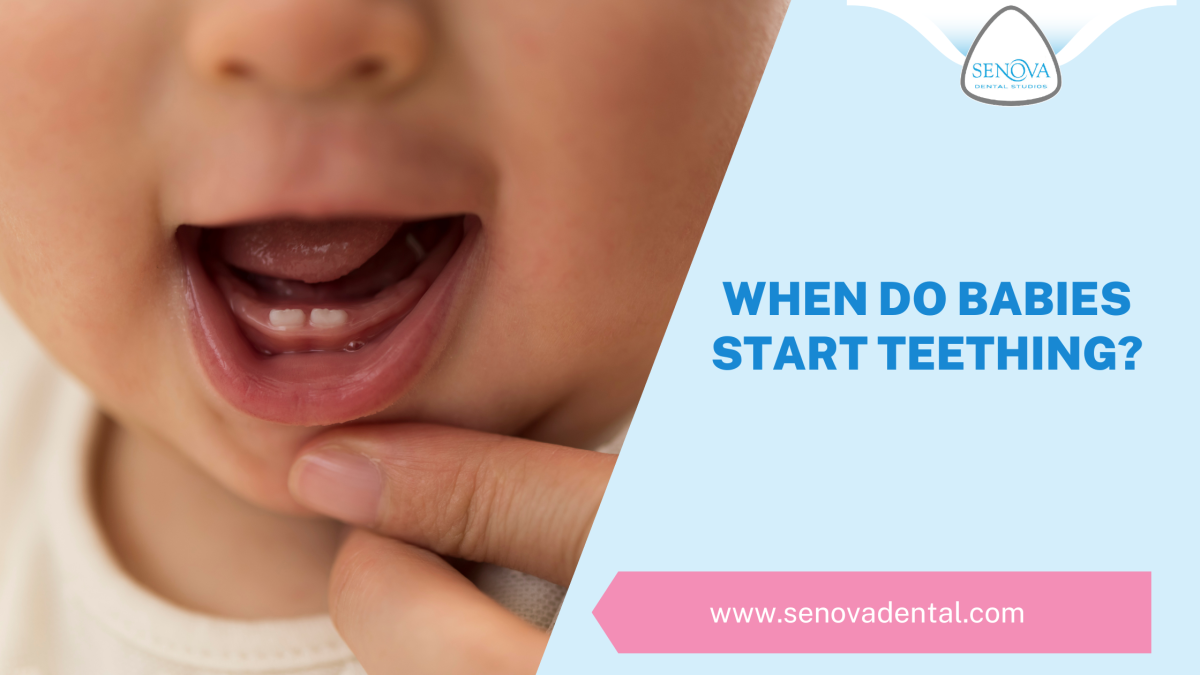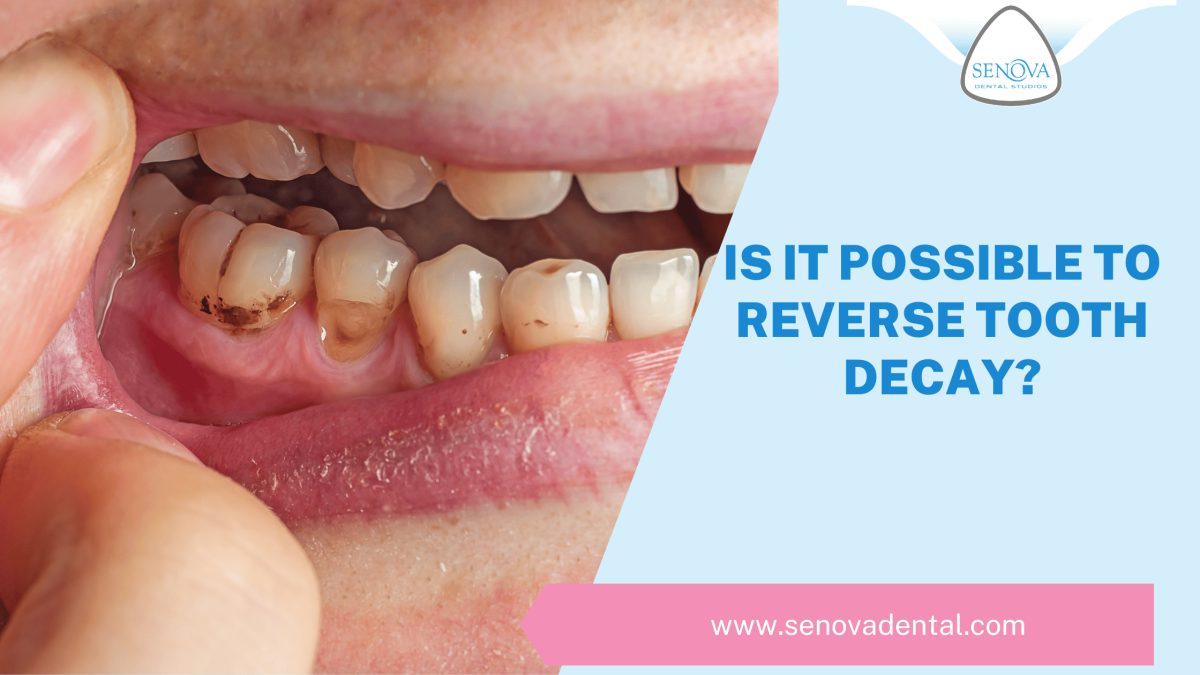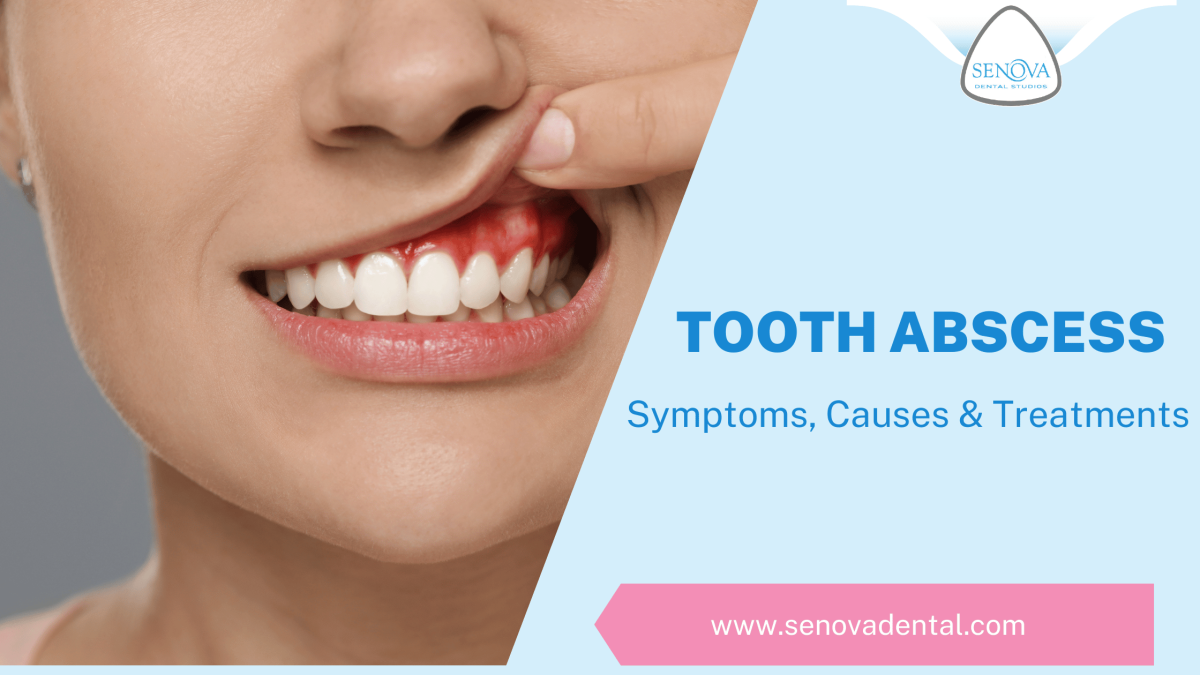
As people are becoming increasingly conscious of their appearance and looks, the demand for cosmetic dental procedures to fix flawed smiles has increased exponentially over the years. Today, more and more people are considering or having already undergone teeth whitening to eliminate their unsightly tooth stains. According to a survey conducted in the UK, about 40% of the young adult Britishers aged between 18 and 24 reported that they were considering getting their teeth whitened to improve their looks and facial appearance.
With teeth whitening products abundantly available in the markets, many people question their safety and efficacy. From whitening strips to whitening toothpaste and tray-based systems, manufacturers claim rapid results in just one sitting. But all that glitters is not gold. Many whitening product manufacturers use substandard ingredients that are either ineffective or unsafe for human use. If you are also thinking of getting your teeth whitened, it is essential that you know how different teeth whitening products work and which option suits your needs best. This article provides an overview of various teeth whitening options so you can make an informed decision when it comes to saying goodbye to tea, coffee, or tobacco teeth stains.
Does Teeth Whitening Really Work?
According to the Oral Health Foundation, tooth whitening is a cosmetic procedure used to remove tooth surface stains to give you a pearly white and beautiful smile. Tooth whitening can either be done professionally at the dentist’s office or in the comfort of one’s own home using whitening trays or strips.
In professional teeth whitening, dentists use a potent – yet safe – bleaching agent, usually carbamide peroxide, to remove tooth stains. Before whitening your teeth, your dentist will make impressions of your teeth to prepare custom fitting whitening trays. Your dentist will fill these trays with the whitening solution during the whitening process and ask you to wear them over your teeth. Your dentist will activate the bleaching agent using a special light (laser whitening). Once activated, the bleaching agent releases hydrogen peroxide, which penetrates beneath the tooth surface and chemically dissolves teeth stains. After the procedure, you will observe a noticeable improvement in the shade and colour of your teeth.
Many at-home whitening systems work similarly. However, these products contain a lower concentration of bleaching agents compared with the professional formulas. The at-home whitening products come with stock whitening trays filled with the bleaching agent and worn according to the manufacturer’s instructions.
So, coming back to the question, teeth whitening products do work, but not all are safe for human use. Some of these products may contain ingredients that may permanently damage your teeth, causing tooth sensitivity and making them vulnerable to teeth cavities.
Why Do I Need To Use A Whitening Tray?
Most whitening products are based on the use of whitening trays. The whitening trays are carriers of the bleaching agent. When the whitening trays are worn over the teeth, they get exposed to the bleaching agent present inside the trays. In this way, the whitening trays “hold” the bleaching agent in place for the required period of time for maximum whitening treatment effect.
How To Use Teeth Whitening Gel With A Tray
Using whitening trays is simple and easy. You will get a set of the whitening trays, one for each jaw. At-home whitening products have stock trays, implying that they will not be exactly moulded the size and shape of your teeth.
To use the trays for whitening, simply fill each tray up to the level recommended by the manufacturer. Carefully wear each tray over your teeth, ensuring that all the teeth are exposed to the whitening formula. Keep wearing the whitening trays over your teeth as per the recommendation of the product’s manufacturer.
Does Teeth Whitening Work On Fillings?
Teeth whitening formulas, whether for professional or at-home use ar designed to work on the natural teeth alone. The bleaching agent in the whitening formulas works by chemically dissolving the stains on the surface of the teeth. Unfortunately, these whitening products cannot remove stains from dental fillings. But no need to worry; your dentist will first whiten your natural teeth and then retouch the fillings to match their shade and colour with your newly whitened teeth. In this way, both your natural and restored teeth will have the same pearly white appearance.
Does Teeth Whitening Cause Any Dental Problems?
According to the British Dental Association, teeth whitening is a safe procedure, provided a qualified and experienced dentist does it. Similarly, whitening products that carry the seal of acceptance of your local or federal dental regulatory authority are safe for use. However, it must be remembered that overuse of whitening products may lead to various dental complications like tooth sensitivity, yellowing of teeth and tooth decay. Therefore, it is always best to have your teeth whitened by a dentist.
How To Ask My Dentist To Whiten My Teeth?
If you feel that you have teeth stains affecting your smile and personality, you can ask your dentist to whiten them. Teeth whitening is a routinely performed cosmetic procedure, and it does not carry any adverse effects. Your dentist will first ascertain the cause of your teeth stains and determine whether they can be removed with professional whitening. This is because certain teeth stains, those caused by tetracycline usage and excessive fluoride exposure during tooth developing age in children, cannot be removed with teeth whitening. Your dentist may recommend some of these cosmetic procedures for permanent stains:
Thinking about getting your teeth whitened in Watford? Senova Dental should be your first choice. We offer all dental services under one roof in a comfortable and relaxing environment. So book a free video consultation today, and let us give you the smile of your dreams.
- What Kind Of Dentist Does Implants? - December 1, 2024
- When Do Babies Start Teething? - October 26, 2024
- Is It Possible To Reverse Tooth Decay? - September 29, 2024




